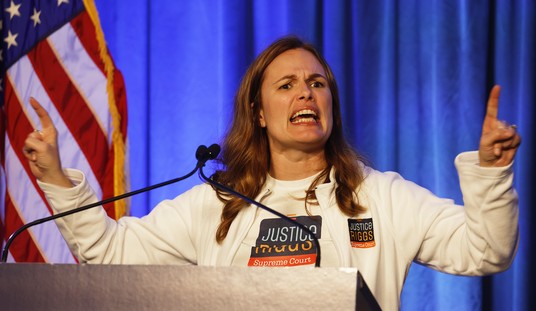Democrats, because they very much depend on minorities voting for them in every election, like to keep people under the impression that the entire country is still Mississippi in 1956. That there has been absolutely no progress for minorities, socially, economically, or in any other way. They want to maintain the notion that societal attitudes have not advanced one bit. America is not at all a perfect nation because she is run by imperfect human beings, but as a people, most will agree that the good news is that we are always striving to achieve Dr. King’s dream. On Tuesday, the Supreme Court took one step closer to making sure that Americans, all Americans, are judged based on their merits and qualifications, not the color of their skin. In a 6-3 decision, the court declared affirmative action is a violation of the equal protection clause of the Constitution.
Wow!! Affirmative action, something I have spoken out against for the last 7 years, has FINALLY been struck down in a historic Supreme Court ruling.
This is a MAJOR WIN in the strive for racial equality, removing the bigotry of low expectations against black students, while…
— Candace Owens (@RealCandaceO) June 29, 2023
The case heard by the Supreme Court was brought against Harvard University and the University of North Carolina by Asian-American students who claimed the admissions policies of both schools were discriminating against them. Thursday’s decision is the culmination of an almost 50-year-long fight to end affirmative action. But how did we get here? How did this become OK? In 1977, Allan Bakke was a 35-year-old white man who had twice applied to the University of California-Davis Medical School. Both times his application was denied. The reason: every incoming class of medical students had 16 reserved spots for what was deemed “qualified” minority students. While the move had good intentions to make up for past discrimination of minority students in the medical field, Bakke’s college GPA, test scores, and other qualifications exceeded those of other applicants, yet his applications were rejected. Bakke sued, and the case made it to the Supreme Court. The Court ruled 8-1 for Bakke, though the opinions of the Justices were mixed.
I wish my Filipina mother, Pilar would have lived to see the day when Asian Americans were no longer discriminated against in Universities in America for simply being Asian.
That day has come!
Thank YOU, US Supreme Court! #GoPinoy pic.twitter.com/kOKW2xmna0— Rob Schneider (@RobSchneider) June 29, 2023
Fast forward to 1997. Barbara Grutter, a white woman, applied to the University of Michigan School of Law. With an undergraduate GPA of 3.8 and an LSAT score of 161 (180 being the highest), you might think Grutter was a shoo-in for law school. Not so fast. The school admitted that it used race-based criteria for admissions. The case wound its way through District and Appellate courts, finally reaching the Supreme Court. In a possible premonition that political correctness was on its way with a vengeance, Barbara Grutter was not as lucky as Allen Bakke, and the Court ruled that the school had not discriminated against Grutter. The Court reasoned that because the University of Michigan Law School based its admissions criteria on very individualized reviews of each applicant, no acceptance or rejection was based solely on race. The opinion was delivered by Justice Sandra Day-O’Connor, who wrote:
In the context of its individualized inquiry into the possible diversity contributions of all applicants, the Law School’s race-conscious admissions program does not unduly harm nonminority applicants.
But Justice O’Connor also said something else very interesting in her opinion. While she believed affirmative action in college admissions was reasonable at the time, but not in perpetuity. She stated, “We expect that 25 years from now, the use of racial preferences will no longer be necessary to further the interest [in student body diversity] approved today.” Whether or not Justice O’Connor’s expectation has come true or not could be debated in perpetuity. But it is hard to see the “fairness” of affirmative action for someone who has worked hard to achieve the grades and success they have, only to be rejected on the basis of their race for someone less qualified. It is hard to see the “fairness” of affirmative action for someone who will never really know if they were accepted into a school based on their merits, hard work, and achievements or if they simply filled a quota and checked a box.
You will hear a lot of Democrats yelling about how America is a racist country today; it’s really all they have. For the rest of us, the Supreme Court’s decision may give us hope that we are, indeed, one step closer to Dr. King’s dream.
I am so happy to be at the Supreme Court to celebrate its ruling that the Harvard & UNC race-based admission policy is unconstitutional.
The ruling is a victory not only for Asian Americans, but for all Americans. It is a victory for the American Dream! pic.twitter.com/STIHDIAyMq
— Xi Van Fleet (@XVanFleet) June 29, 2023














